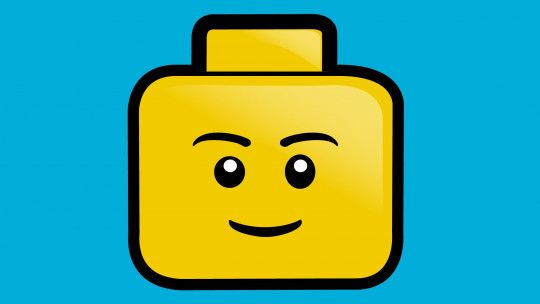
LEGO pieces and their construction are a great tool to externalize one’s own belief system and emotions since the individual comes into contact with the most implicit knowledge of his person and his present.
The construction of LEGO pieces and emotional intelligence
This process of free construction has a positive effect when developing emotional intelligence and is also a tool used in psychotherapy and business coaching.
In the following interview, Mª Teresa Mata, collaborating psychologist at the Mensalus Psychological and Psychiatric Assistance Institute, presents this tool as one of the new allies in emotional intelligence training.
How has Lego entered the world of Psychology and Coaching?
Currently, dynamics based on the representation of ideas through free construction using Lego pieces or similar, has become a fantastic work tool within the world of business coaching. Recent studies have demonstrated their efficiency by verifying the high level of information they generate, information rich in content and structure that is highly useful for resolving all types of conflicts. Specifically, The LEGO® Serious® Play® Method is the method that, in this sense, has gone around the world
On the other hand, from the training/coaching of emotional intelligence, we have discovered in this method a new working instrument that, like the rest of the externalizing techniques, promotes the imagination and gives free rein to creativity, thus becoming the perfect ally to promote self-knowledge, self-expression, projection of challenges and objective capacity, in addition to certain social skills such as empathy.
What happens when we start building?
With constructions a connection is established on another level The release of imagination and creativity is closely related to the use of the hands. When our hands come into play, we launch a whole set of mental processes that allow us to access the deepest knowledge. In this way we manage to promote communication at another level (both communication with ourselves and with others).
When we transfer this technique to a system (a work team, a family, a workshop group), a lot of information becomes visible: each individual offers a small sample of their perception of the world. This brings different points of view to the table in a quick and visual way, and promotes dialogue and empathic capacity as we mentioned.
The feedback that is generated in a session when so much information emerges must be incredible, right?
TRUE. This is one of the great advantages of using techniques that activate messages through creativity and association: the messages that appear are fresh, full of wit and wisdom, details that, from other processing models, would hardly come to light.
Many times, information that goes unnoticed on a daily basis can become the driving force behind unknown options and untried solutions. This is a work that, from the training of emotional intelligence, we especially promote:
“What knowledge I possess and what knowledge I do not take advantage of”/ “What knowledge awakens in me when I see and hear the knowledge of others.”
What else can you explain to us about this methodology and the work carried out by Coaching and Psychotherapy?
Through creation with building blocks, without realizing it, the unconscious barriers that arise in social interaction decrease, thus allowing intelligent conversations to emerge that help people connect with their knowledge and the knowledge of others.
In the workshops we put this into practice, for example, through the formulation of a “mobilizing” question Once the question is posed, the participants let their resolution capacity flow. The next step is to convert this information into something palpable through construction with pieces. The results are incredible. The methodology rescues information that is usually “out of use.” The fact of exposing, organizing, and validating said information within a skills training framework generates a high level of introspection and insight (realizing).
In short, what is the relationship between emotional intelligence training and building with LEGO pieces?
From emotional Intelligence we seek to synthesize the complex, express the abstract, touch the invisible, concretize the volatile. We are looking for a way to simplify processes and obtain “powerful” information in order to facilitate its use and increase efficiency in our actions.
The training of emotional intelligence through inspired free construction in response to a mobilizing question, as we explained, accelerates the obtaining of useful information. This is achieved by promoting processes that connect with the person’s implicit knowledge, knowledge that has been established throughout their life journey.
With LEGO pieces and figures that complement the creative scenarios, each user builds, projects and observes, becomes the spectator of his own creation, a privileged position since it allows him to distance himself from the possible conflict and make use of the information in a more intelligent way. Likewise, in the workshops, each one is a spectator of the creations of others, a fact that provides a multitude of ideas and options.
And the ideas of each other, even experiencing different conflicts, do they work for everyone?
This is the most interesting point of externalization work in emotional intelligence It is very revealing when, at the end of a free construction session, participants adopt solution paths resulting from knowledge extracted from other people’s experiences, not just their own. For this to be possible, the key is in formulating the mobilizing question(s).
Our great challenge is always based on posing a common unknown for everyone, even if their experiences and life contexts are different; With this we achieve a high level of group connection and emotionally intelligent feedback.








